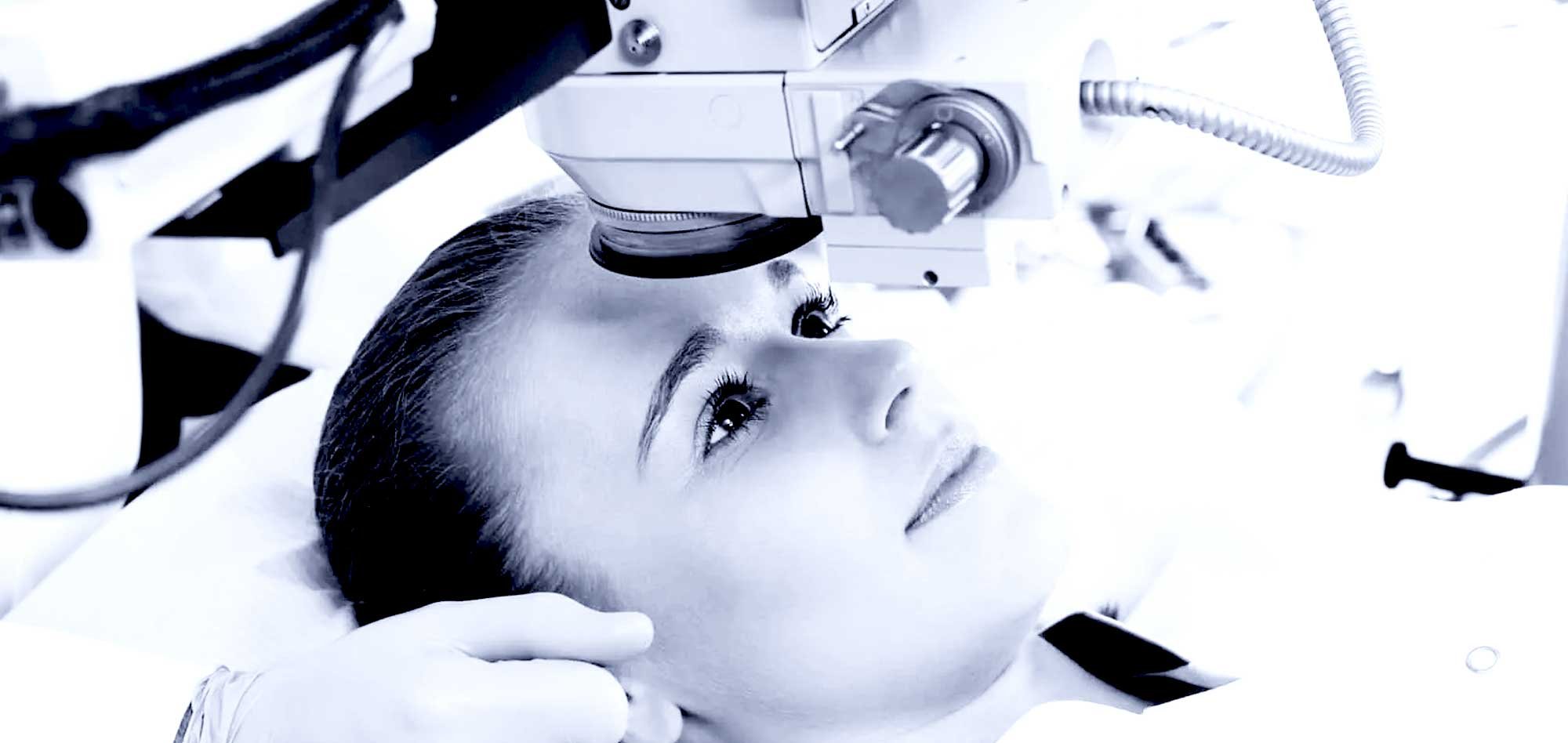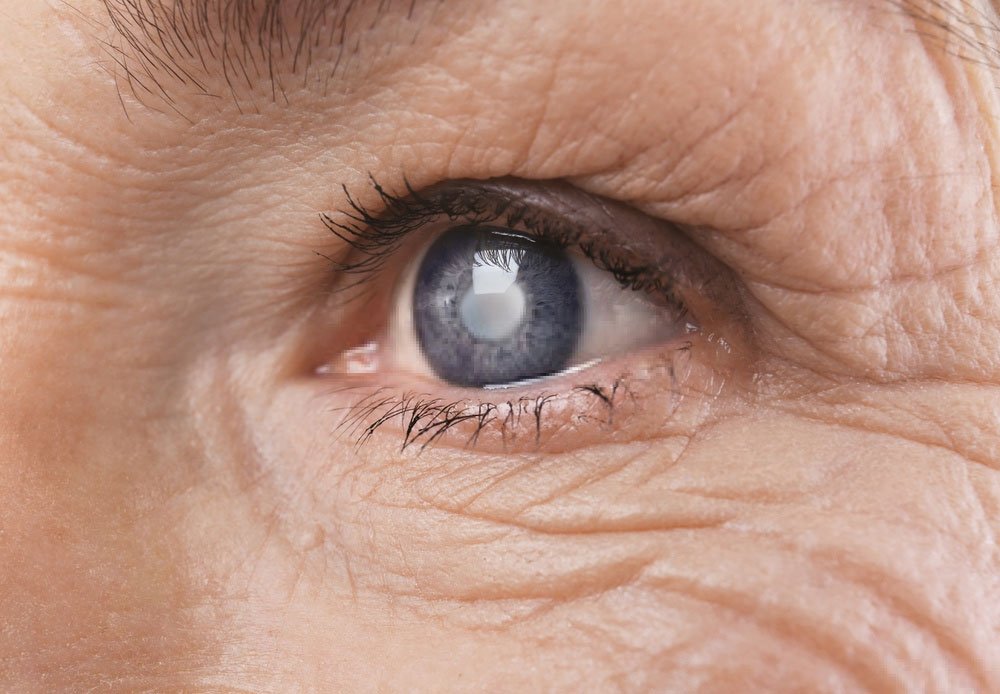
Cataracts
Eventually most people develop cataracts, a clouding of the natural crystalline lens of the eye that normally functions to focus light onto the retina.
Although various dietary and eye drops have been tried, surgical replacement of the cloudy lens remains the only effective treatment for cataracts. Fortunately, cataract surgery is one of the most successful surgeries in medicine.
The decision of when to do cataract surgery is based on examination of the eye coupled with functional deficits related to the cataract noted by the patient, with this latter piece of information being the most important factor in the decision to perform surgery. Functional deficits may include difficulty with night driving due to glare, trouble reading fine print, and just overall blurrier vision.
Because cataract surgery is elective surgery in the overwhelming majority of cases, there will never by any pressure on the patient to perform surgery or necessarily have surgery on the second eye until appropriate.
Once a decision to perform surgery has been reached, you will have a pre-operative appointment to obtain precise measurements of the eye and help to decide what type of intraocular lens (replacement lens) you would like to have placed in the eye after the cataract is removed.
The doctor and you will have a discussion on what your visual needs are and decide upon the lens option best for you. The lens options* include:
single vision lens
astigmatism-correcting lens (astigmatism is a lack of perfect roundness of the cornea)
astigmatism correcting corneal relaxing incisions
multifocal lens
Among these lens choices, there may be further smaller choices such modified monovision (one eye for distance and one eye for near or intermediate). In addition, femtosecond “laser” cataract surgery is available for patients. In femtosecond cataract surgery, part of the cataract is broken up by a laser prior to the surgeon removing the cataract.
*Some options are not covered by insurance.
Cataract surgery is performed at an outpatient ambulatory surgery center On the day of surgery, you need to find someone to drive you home from the surgery due to the fact that you will receive light anesthesia to relax you during the procedure. In the preoperative area, the anesthesia team will then examine you and prepare for the surgery.
When it is time for your surgery, you will be brought into the operating room where you will lay flat on your back for the surgery, which generally lasts around 5 minutes. The sedation will leave you relaxed and pain-free, but you will be able to respond to basic commands. The eye will then be sterilized with a special cleaning solution and then a drape will be placed over the eye to keep your eye sterile during the surgery. A device will be placed under the eyelids to prevent you from blinking during the surgery.
Very small incisions are made into the eye to remove the cataract and place the new intraocular lens into the eye. The latest surgical techniques are employed in our cataract surgery. You will see the surgeon the same day of surgery or the next day to ensure that everything is healing well. You will be on eye drops for about one month after surgery.


